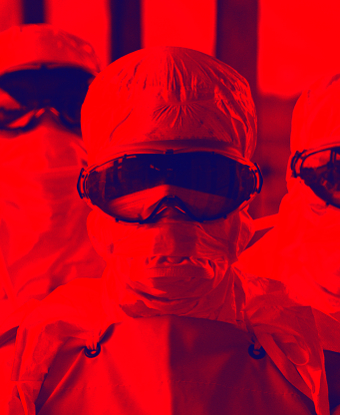WHO team lands in China
 A team of WHO investigators have landed in China, ready to find out more about the origins of COVID-19.
A team of WHO investigators have landed in China, ready to find out more about the origins of COVID-19.
Fifteen physicians are spending two weeks in quarantine before hopefully being given access to a range of key sites, including a ‘wet’ live animal market that is believed to be ground zero for the ongoing global pandemic.
Authorities from the Wuhan Municipal Health Commission first reported an outbreak of pneumonia in December 2019, which was later identified as COVID-19.
But this does not make the disease easy to trace, as Wuhan is the sprawling capital of central China’s Hubei province, a major commercial hub and home to over 11 million people.
Within the first few weeks of the global pandemic, the US, Australia and other nations called for an independent assessment of the discovery of the outbreak. China initially knocked back this request, before approving an official WHO probe. However, even as late as November 2020, a Chinese foreign ministry spokesperson said: “Although China was the first to report cases, it doesn’t necessarily mean that the virus originated in China”.
Access was denied to WHO officials when they first sought to investigate the outbreak in China in February last year.
Australian medical virologist Prof Dominic Dwyer is currently in quarantine in China after having landed ahead of the next investigation.
He says that while big global players are involved, those influences rarely reach into the work of the WHO.
“I think one of the features of these WHO missions is the people come in without their national viewpoints, biases or the politics,” Dr Dwyer told The Guardian.
“That’s one of the advantages of WHO. As an international organisation it’s not about where you’re from. I think that’s an important way to dampen down political aspects of one country versus another.
“It is very early days, but everyone has been unfailingly polite, welcoming and friendly in obviously constrained circumstances.”
The WHO team includes experts from three key areas; animal health and animal viruses, human viral infections and transmission, and epidemiology and public health.







 Print
Print